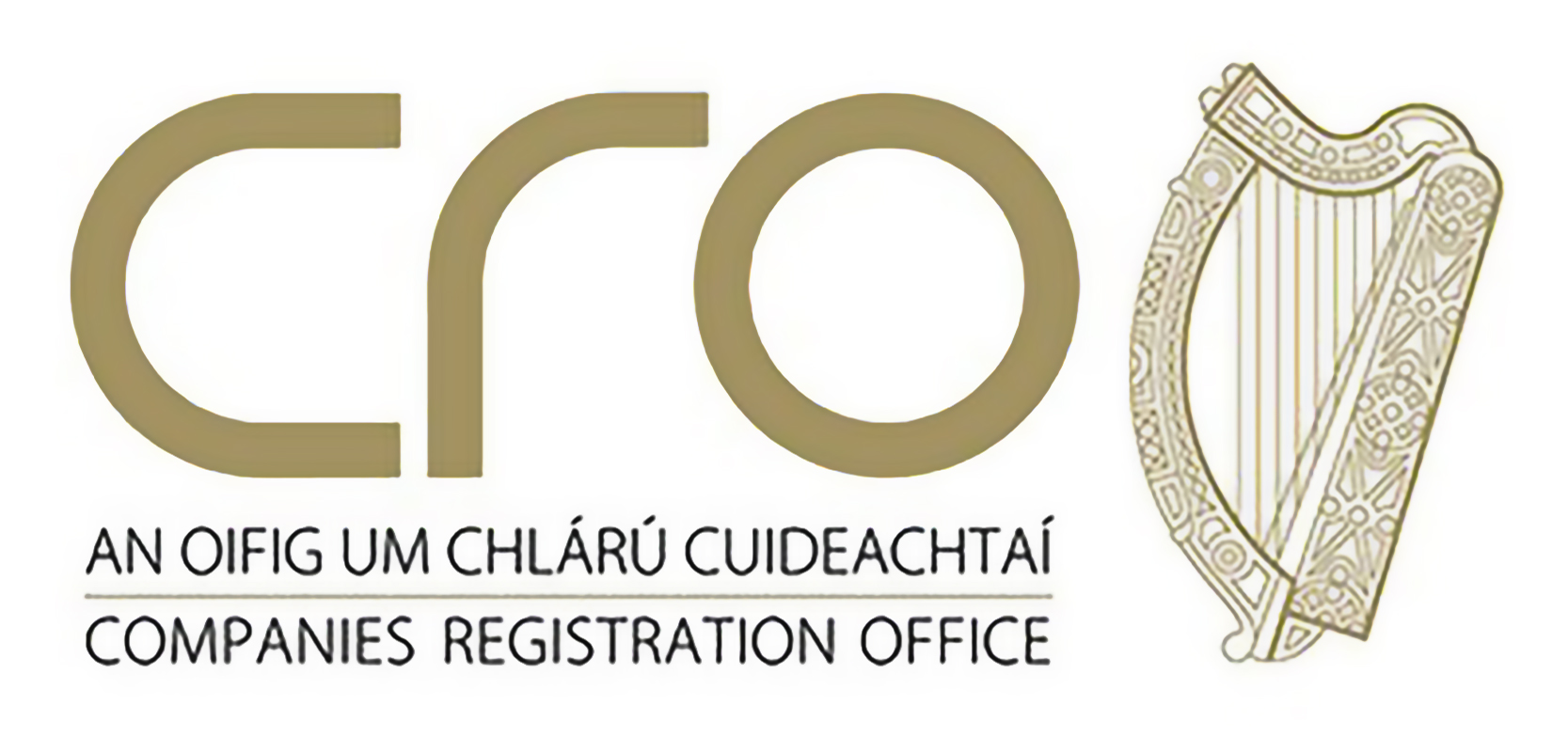Intellectual Property – a brief understanding
In as much as physical objects like land, houses, vehicles, and other goods can be owned by an individual or a legal entity, it is also the case that original creative processes or innovations can be owned.
Copyright aside, certain types of intellectual property (IP) still necessitate a formal application and evaluation process for ownership rights to be legally established. The ultimate intention of the registration of IP is to protect both the tangible financial rights and the intangible (reputational) value inherent in those novel assets.
The Intellectual Property Office of Ireland IPOI (previously known as the Patents Office), operates under the auspices of the Controller of Patents, Designs, and Trade marks. Their authority therein covers a multitude of statutory duties and roles that revolve around the granting, administering, and maintaining of IP rights, the administration of licencing schemes (Including dispute resolution), along with the overall promotion of the services offered by the IPOI.
While there are other types of IP, for the purposes of this explainer we confine ourselves to rights pertaining to patents, trade marks, and designs*. We will also discuss how these records may be searched against and what a result might reveal.
Patents
Applications for Patents relate to novel inventions (products or processes) that offer a ‘unique technical solution’ specifically for industrial application †. The benefits of such registrations are clear in that they reward research, can offer tax breaks, allow re-assignation, transfer, or licensing of patent rights or otherwise allow rights owners to financially leverage a patent’s exclusivity.
Typically, if compliant (and not refused, withdrawn, or objected to), the controller may grant (Full- Term or Short-term) patent applications after an initial 18-month period has passed from the filing date. Once granted, details of patents are published by the IPOI, against which such registers are searchable.
There are many reasons why a patent search may be conducted. If you are an applicant, you may wish to see if your invention is indeed novel and therefore patentable. A rights holder might wish to see if their IP is being infringed. Researchers might use previous patents as inspiration. Manufacturers may want to assure themselves that they are not infringing patents or alternatively seek opportunities licencing with rights holders.
Ellis & Ellis when conducting Patents Searches strictly confine our searches to the Irish Patent Database (plus the Irish Supplementary Protection Certificate (SPC) Database (for inventions relating to medicinal and plant protection products) of the IPOI, and more exactly, search against applicants/ proprietors and/or Inventors by name.
Any matching ‘hits’ will return multiple headers such as status and patent number, application dates and details, title of invention, and inventors and proprietors’ details,
Trade Marks
With regards to applications for Trade Marks theserelate to ‘unique brands consisting of words and/ or a logo’, and may encompass such features as designs, letters, numbers, characteristics of the product or indeed its very packaging ‡. Accordingly, under the Nice Classification (1957) protocols, trade mark protection covers a good or a service, albeit within framework of named categories or classes.
Again, although not compulsory, the benefits of registration are manifold, the principal being that other producers cannot claim association with a brand and potentially impact on reputation. Moreover, a registered trade mark offers greater gravitas should an owner need to enforce these rights in a court.
In principle, successful trade mark applications for a good or service should be generally understood to be trade mark-like, show independent recognisability (without a requirement for supplementary examples), and be sufficient precise for comparative analysis purposes.
Ellis & Ellis when conducting Trade Mark searches strictly confine our searches to applicants/ proprietors and/or holders by name and solely against the Irish Trade Mark Database of the IPOI.
Typically, any ‘hits’ will include status, trade mark number, proprietor, classification, representation of the mark, date of registration, publication date, priority date, address for service, and any notings.
Designs
Applications for novel Designs (under the Industrial Designs Act 2001)relate to designs with a ‘…special form or appearance…’. The act further defines the meaning of design as pertaining to ‘…the whole or a part of a product resulting from the features of, in particular, the lines, contours, colour, shape, texture or materials of the product itself or its ornamentation…’.
Essentially, separate from technical or functional attributes, a design corresponds with the visual aesthetics of a final product.
Therefore, valid designs accepted for registration by the IPOI are deemed to have ‘new and individual character’ under the Act. Refusals to register by the Controller of Patents, Designs, and Trade marks typically are on the basis of (a) containing protected symbols/ emblems, (b) immoral reasons, and (c) copyright infringement (Copyright and Related Rights Act 2000).
As above, there are many commercial benefits of registering a design, not least the authority to seek a court injunction to protect those design rights including seeking compensation and/ or the destruction of infringing items. Again, not dissimilar to trade marks, the owner of design rights may transfer said rights to others.
Ellis & Ellis when conducting Design searches strictly confine our searches to authors/ applicants and proprietors by name, and specifically against the Registered Design Index (1990- 2004) (under the Industrial and Commercial Property (Protection) Act, 1927) and the Irish Design Database (2005 to date) (Industrial Designs Act 2001) of the IPOI.
* Note: Other IP such as copyright and confidential information (supplier lists, business sensitive matters, formulae or processes, confidentiality terms, non-disclosure agreements) are not discussed in this explainer.
† Note: Scientific discoveries, art, computer programs without specific control of an industrial process or internal computer function, immoral inventions, and some biological interventions are excluded from patent protection under the Patents Act 1992.
‡ Note: Trade Marks that are (a) indistinct, (b) claim exclusivity of quality, quantity, purpose, origin, and characteristics, (c) immoral, (d) claim (without consent) use of national emblems or flags, (e) unoriginal, (f) applied for in bad faith, and (g) misleading, are excluded from trade mark protection.
Engage the services of a trustworthy legal search provider for your needs.
Through our efficient and user-friendly ordering platform at www.ellis.ie, coupled with over 130 years of professional expertise and a dedication to ensuring quality in the post-purchase experience, we provide clients with an outstanding searching service.
For added peace of mind Ellis & Ellis provide Professional Indemnity Cover of €10 million.
Why not join the 1000’s of users who trust Ellis & Ellis to deliver them a competitive edge?
Did you find the above information to be of interest? Why not check out one of our other Ellis & Ellis explainers for some related searches below; –
List of Related searches:









